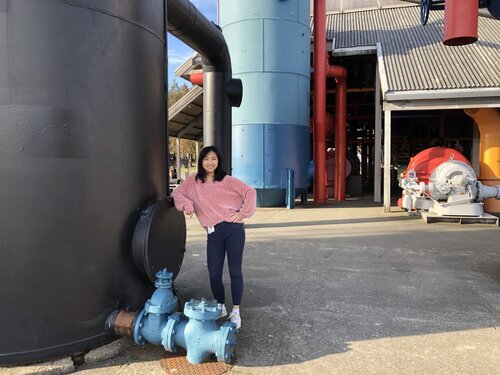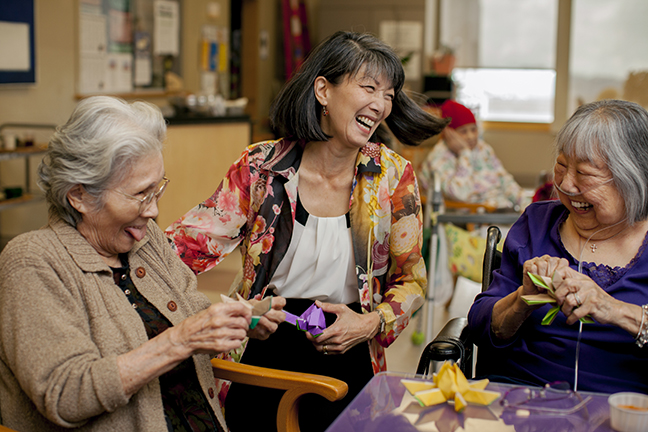Illustration by Yang Sun.
BY: SOFIA HERNANDEZ PERILLA AND YANG SUN, SUMMER 2020 COLLABORATORS AT POWER IN PLACE
Last Thursday July 30th at 12pm E.S.T. Yang Sun, a Power in Place collaborator from Amherst College, had the honor of hosting an Instagram live interview with New Yorker cartoonist Carolita Johnson! If you missed the interview make sure to check out the full video which is now posted on our Instagram (@powerinplace) or read below about how the interview impacted PiP collaborators Yang Sun and Sofia Hernandez Perilla.
Sofia Hernandez Perilla:
The part of this interview that most stood out to me was Carolita Johnson’s story of moving to Kingston and how it showed her the importance of a woman’s financial independence. From the day that she moved there five years ago, she realized that a lot of the women around her were very empowered and she came to the conclusion that the common factor that the majority of these women had was the fact that they had been able to afford their own rent. Their financial independence had sort of acted as a step for them to reach their full potential! This argument made total sense for me. I know that in the future I want to be in a position where I don’t have to depend on other people for my most basic needs. This is partially because if I ever was in a position where I did depend on others then I would also feel compelled to stay in relationships that aren’t working for me or compromise some of my values to stay safe and this is not something that I (or anyone as a matter of fact) would ever want to do. Carolita’s words and advice on financial independence were really inspiring to me. As she says “women are like a piece of silk (in their beauty), but silk is strong.
Yang Sun:
When I first saw Carolita’s “Women’s Works” Series, the freedom, passion, strength, rebellion, and humor involved sparked something in me. She perfectly captured both obvious and subtle prejudices against women in our society through documenting her own life. I began to reflect on myself: my fear, my strength, and my prejudices.
Her unconventional perspectives and adventures of taking different jobs in different countries fascinate me deeply. I wanted to know more about her. Thus, when she accepted our invitation, I was thrilled and honored to be able to interview her!!!
During the interview, one thing Carolita said stood out to me. She said that as an artist, you do not sit in front of the table and pull inspiration from thin air. You should interact with the world around you. Being a young artist myself, I realize how much my works are detached from people, society, and the world. We all hope to brighten our world with art. Yet, the first step is getting to know the world around you.
Sofia Hernandez Perilla is a rising sophomore at Amherst College with a prospective double major in Mathematics and Economics. At Power in Place she coordinates resources for the Black Lives Matter team, and is a part of both the Politics & Arts Instagram Live Series team and the Instagram team.
Yang Sun is a rising Sophomore at Amherst College intending to major in Theater and Dance. She is involved in visual art and performing art groups on campus. She has volunteered for theaters and performing groups in China. Her passion lies in the art and its connection with humanity.





























